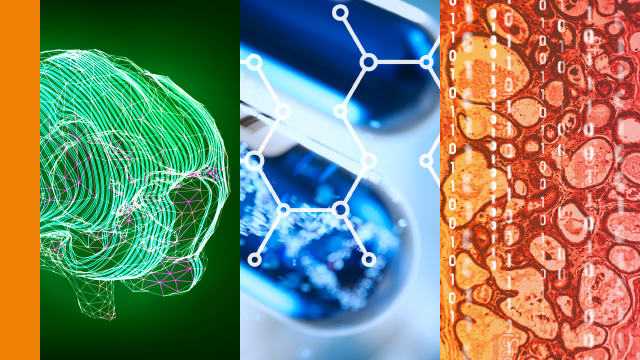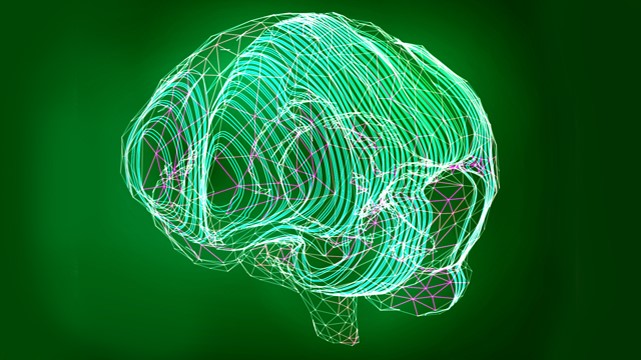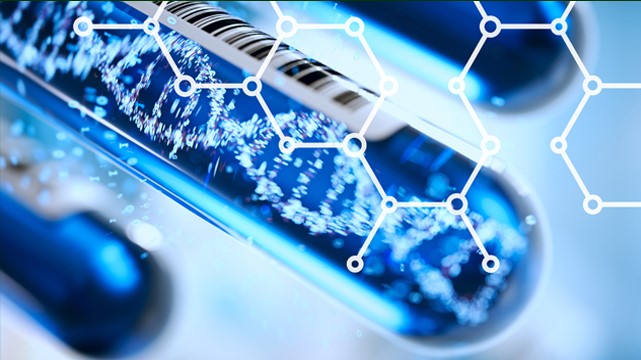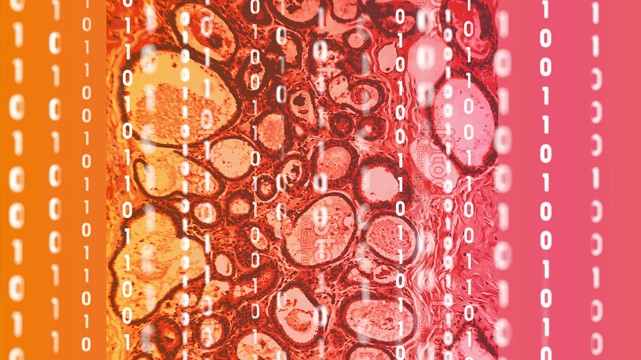Digital Diagnostics

Remote Diagnosis: Digitalization of Healthcare
Digital diagnostics and smart health systems can help us to better address the challenges many healthcare systems in industrial nations are facing today ‐ treating more and more elderly and chronically ill people, paying for expensive medical therapies, or providing medical care to structurally weak, rural areas.
Digital remote diagnosis as well as telemedicine can even help to overcome geographical barriers in an aging world population. The collection of data in biomedicine and e-health, the digitalization in the healthcare sector, and the targeted analysis of ‘big data’ enable early detection of diseases, improved patient care and a personalized health service. Intelligent algorithms are also being used more frequently in healthcare due to their increasing importance in precision medicine, monitoring of vital parameters, radiology, anesthesia, intensive care and pathology. However, Digital Diagnostics also implies risks that need to be clearly regulated, given the particularly sensitive nature of patient data.
More about this entry topic in the video clip of jury member Prof. Matthias Günther, Fraunhofer MEVIS.
Digital Diagnostics - Applications
In the following, you will find some possible fields of application within Digital Diagnostics. You already have an idea or an innovation in the field of Digital Diagnsotics? We are looking forward to your application!

Image Recognition: Innovations for Medical Applications
Image recognition deals with the pixel and pattern analysis of images in order to recognize it as a specific object. With image and pattern recognition methods, systems can be developed that recognize complex patterns in multimedia data. AI is particularly advanced in the evaluation of medical images. By using deep learning technologies, valuable information can be obtained for applications like optical sensors. A common example of image recognition is optical character recognition (OCR).
Another area of image recognition - computational photonics - promises significant innovations for medical applications by combining modern photonic processes with intelligent data analysis; this is applied, for example, to recognize biometric features such as retina recognition.

Molecular Markers: DNA as Biomarker
Molecular markers - also called biomarker or signature molecule - serve as an essential tool for geneticists, applicable for instance in genetic engineering and paternity tests. DNA is one such molecular marker that contains information about possible genetic disorders and genealogy. A number of genetic variants - so-called molecular genetic markers - are already used in medical practice in relation to monogenic hereditary disorders, leukemia and breast cancer. To gain a better understanding of the benefits, risks and costs of molecular markers as tools of precision medicine, access to reliable data is required.

Pathology: Digitizing and Analyzing of Tissue Samples
Clinical Pathology - the examination of living tissue gained through biopsy - plays a pivotal role in the diagnosis and therapy of cancer. In pathological diagnostics, tissue is primarily assessed by its macroscopic and light microscopic characteristics. By digitizing tissue samples and analyzing them using AI, conspicuous areas can be detected more quickly, more accurately and in more detail than by microscopic evaluation alone. This helps to significantly improve the detection of the disease as well as the assessment of its further course - and thereby its therapy.